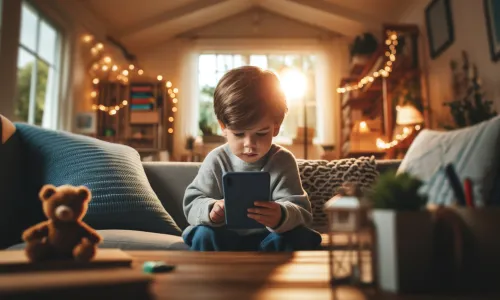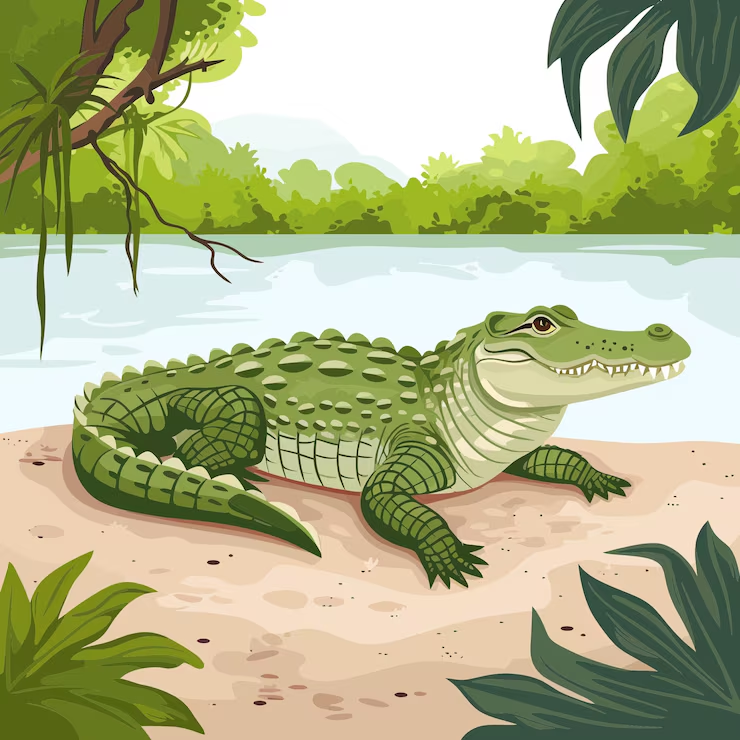Answers For How children learn through media
Answers and detail explain for How children learn through media
Explain
How children learn through media

LYNNE: That essay we have to write … the one on how children learn through the media … How are you planning to write it?
ROBIN: Well, I’ve given it some thought and I think that the best way to approach it is to divide the essay into two parts. First of all, we’d have to look at some examples of each type of media …
LYNNE: Yes, what they are … then we could describe how we can use each medium so that children can learn something from each one.
ROBIN: Exactly. Maybe we could draw up a table and look at examples of each medium in turn. 1Let’s see, the different forms of media would be … the print media …
LYNNE: 1Here you’d have things like books and newspapers, that sort of thing …
ROBIN: 2Urn, and included in these are the pictorial forms of print media, like maps …
LYNNE: Yes, maps are really just formal pictures, aren’t they? 3And then there are what we call the audio forms of media … where children can listen. CDs and radios are probably the best examples because a lot of children have access to these, especially radios.
ROBIN: 4And this would lead into the audio-visual media, which can be seen as well as heard . . . film, television . . . and we mustn’t forget videos.
LYNNE: 5Yes, but there’s a final category as well … computers, that make up the so-called electronic media. In the United Kingdom and Australia, they say that one in three families has a computer now.
ROBIN: Yes, I believe it. Well, that’s a good list to start with … we’re really getting somewhere with this essay now … so let’s move on to when each type of medium could be used. I guess we could start by trying to identify the best situation for each type of media.
LYNNE: What do you mean?
ROBIN: I’m talking about whether each medium should be used with different sized groups. For example, we could look at pictures, and ask whether they’re more useful for an individual child, a few children together or a full class – in this case, I’d say pictures are best with individual children, because they give them an Example opportunity to let their imaginations run wild.
LYNNE: Yes, I see …
ROBIN: Let’s take tapes next.6 Although tapes look ideal for individual children, I feel they’re best suited to small group work. This way, children don’t feel isolated, because they can get help from their friends.7 Computers are the same … I think they’re better with small numbers of children and they’re hardly ever useful with a whole class.8 Videos, however, are ideal for use with everyone present in the class, especially when children have individual activity sheets to help them focus their minds on what’s in the video.
LYNNE: And what about books, what would you recommend for them? 9Books are ideal for children to use by themselves. I know they’re used with groups in schools, but I wouldn’t recommend it. 10Other pictorial media like maps, though, are different … I’d always plan group work around those … give the children a chance to interact and to share ideas.
ROBIN: I agree… teachers often just leave maps on the wall for children to look at when they have some free time, but kids really enjoy using them for problem solving.
LYNNE: Yes, different people have different ideas I suppose…
ROBIN: Yes, and different teachers recommend different tools for different age groups…
Complete the table below. Write NO MORE THAN THREE WORDS for each answer.
| Forms of media |
Examples |
| |
– books – 1 (newspapers) |
| Pictures |
2 (maps) |
| Audio (listening) |
– CDs – 3 (radios) |
| Audio-visual |
– film – 4 (television) |
| Electronic |
5 (computers) |
Questions 6 - 10:
Write the appropriate letters, A-C. According to the speakers, in which situation are the following media most useful?
|
A. individual children B. five or six children C. whole class |
Write the appropriate letters A-C
Correct answer: B
Correct answer: B
Correct answer: C
Correct answer: A
Correct answer: B
![[Forecast Q2-2025] - Biology lecture](https://static.helik.app/reading/8fd3d7d2-ccf9-47a3-8920-2e7a3b0d6607)
![[Forecast Q2-2025] - Living in the City](https://static.helik.app/reading/1a60bcf3-f3a7-4e9b-97a2-94d156a0de3b)
![[Forecast Q2-2025] - Student Union](https://static.helik.app/reading/fb443123-8c1d-447e-8c79-5a01650f4754)
![[Forecast Q2-2025] - Fruit-picking Job in an Orchard](https://static.helik.app/reading/e1968346-6c55-44ae-b8d3-f6a4fb7207b9)
![[Forecast Q2-2025] - University Crime Prevention](https://static.helik.app/reading/bdda593e-16d6-4c72-8a12-b116e917b27c)
![[Forecast Q2-2025] - Business Course](https://static.helik.app/reading/3308e282-99a6-4bcb-9d22-0b488701d968)
![[C20T1] - Choosing a restaurant](https://static.helik.app/reading/e9b21123-c43c-42fb-88b7-5d0be3a37e03)
